Introduction
The journey of motherhood begins with nurturing life, and for many new mothers, maintaining a healthy milk supply is a critical aspect of this experience. Lactation-boosting foods have long been cherished across cultures as natural allies in supporting breastfeeding. Among these, chicken soup stands out as a timeless remedy, blending comfort, nutrition, and traditional wisdom. This article delves into the art of preparing a lactation-enhancing chicken soup, exploring its ingredients, scientific foundations, and cultural significance. Whether you’re a first-time parent or a seasoned caregiver, this guide equips you with the knowledge to create a dish that nourishes both body and spirit.
The Science Behind Lactation-Boosting Ingredients
Before diving into the recipe, it’s essential to understand why certain foods are believed to support milk production. Lactation, or the process of breastfeeding, requires adequate hydration, calories, and specific nutrients. Certain herbs and proteins contain compounds that may stimulate prolactin, the hormone responsible for milk production. For example:
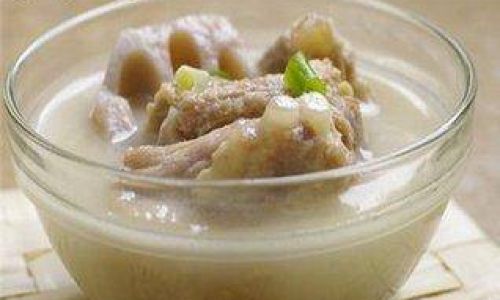
- Fenugreek: A cornerstone of many lactation teas and soups, fenugreek seeds are rich in phytoestrogens, which may mimic estrogen’s role in milk synthesis.
- Fennel: Packed with anethole, a compound that some studies suggest increases milk flow.
- Ginger: Known for its anti-inflammatory properties, ginger aids digestion and may reduce postpartum discomfort.
- Garlic: While pungent, garlic’s sulfur compounds are linked to improved milk supply in some mothers.
Combined with lean protein from chicken and vitamins from vegetables, these ingredients create a synergy that supports postpartum recovery.
Ingredients: Building Blocks of Nourishment
Crafting the perfect lactation soup begins with selecting high-quality, nutrient-dense ingredients. Here’s a breakdown of what you’ll need:
- Chicken: Opt for bone-in, skin-on chicken thighs or a whole chicken. Bones release collagen and minerals during simmering, enriching the broth.
- Vegetables: Carrots, celery, onions, and garlic form a flavorful base (mirepoix). Leafy greens like spinach or kale add iron and calcium.
- Herbs and Spices: Fresh or dried fenugreek leaves (methi), fennel seeds, ginger, and a bay leaf enhance both taste and lactation support.
- Aromatics: A whole garlic head, sliced ginger, and a splash of apple cider vinegar (to leach minerals from bones) elevate the broth’s depth.
- Healthy Fats: Olive oil or ghee for sautéing vegetables.
- Optional Additions: Turmeric for anti-inflammatory benefits, miso paste for probiotics, or a pinch of sea salt to taste.
Step-by-Step Preparation: From Kitchen to Table
Preparing the Chicken Broth
- Roast the Chicken (Optional): For enhanced flavor, roast chicken thighs at 400°F (200°C) for 25 minutes until golden. This step is optional but adds richness.
- Simmer the Bones: Place roasted or raw chicken in a large stockpot. Cover with 12 cups of cold water. Add a tablespoon of apple cider vinegar and bring to a gentle boil. Skim off foam that rises to the surface.
- Infuse Aromatics: Toss in a sliced onion, a head of garlic (halved), a 2-inch ginger knob (smashed), and a bay leaf. Reduce heat to low, cover, and simmer for 1.5–2 hours.
Sautéing the Vegetables

- In a separate pan, heat olive oil over medium heat. Add diced carrots, celery, and onions. Sauté until tender (5–7 minutes).
- Stir in minced garlic, fennel seeds, and a teaspoon of fenugreek leaves. Cook until fragrant (1–2 minutes).
Combining and Simmering
- Strain the chicken broth, reserving the meat and discarding bones. Return the broth to the pot.
- Add sautéed vegetables and shredded chicken meat. Simmer for an additional 30 minutes to meld flavors.
- Toss in a handful of spinach or kale during the final 5 minutes.
Seasoning and Serving
- Adjust seasoning with sea salt, black pepper, and a squeeze of lemon juice.
- Serve hot, garnished with fresh cilantro or parsley.
Tips for Maximizing Lactation Benefits
- Consistency is Key: Aim to consume 1–2 bowls daily. Pair with hydration (water, herbal teas) to amplify effects.
- Adjust Spice Levels: New mothers with sensitive stomachs may reduce garlic or ginger.
- Batch Cooking: Freeze portions in airtight containers for quick reheating.
- Experiment with Herbs: Try adding cumin, coriander, or dill for variety.
Cultural Variations and Modern Twists
Lactation soups vary globally, reflecting local ingredients and traditions:
- Chinese Postpartum Soup: Often includes red dates, goji berries, and ginger.
- Mexican Caldo de Pollo: Features cilantro, lime, and avocado.
- Indian Methi Murgh: Prioritizes fenugreek leaves and turmeric.
Modern adaptations might incorporate quinoa for added protein or sweet potatoes for fiber.
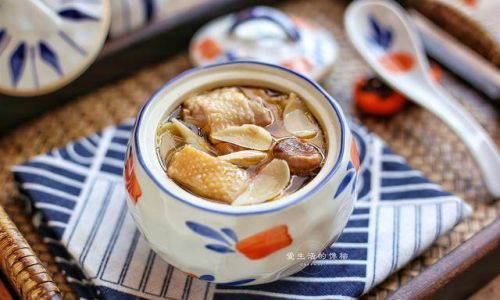
Safety and Precautions
- Allergies: Ensure no ingredients trigger adverse reactions.
- Hygiene: Wash hands and utensils thoroughly to prevent postpartum infections.
- Medication Interactions: Consult a healthcare provider if taking medications, as some herbs may interact.
Beyond the Bowl: Holistic Postpartum Care
While lactation soup is a powerful tool, holistic care involves:
- Rest: Prioritize sleep when possible.
- Skin-to-Skin Contact: Enhances bonding and milk let-down.
- Professional Support: Lactation consultants offer invaluable guidance.
Conclusion: A Bowl of Love and Nourishment
Lactation-boosting chicken soup is more than a meal—it’s a labor of love. By blending science, tradition, and mindful preparation, this dish becomes a testament to the care we pour into motherhood. Whether you’re a parent, partner, or friend, sharing this soup is an act of solidarity, reminding new mothers they’re not alone in their journey. As you savor each spoonful, remember that nourishment begins at the table but extends far beyond it, weaving a tapestry of health and connection for generations to come.
Final Thoughts
Creating this soup is an art form—adjust ingredients to suit your palate, and don’t hesitate to experiment. The goal isn’t perfection but providing sustained energy and comfort. Let this recipe be a starting point, and may your kitchen become a sanctuary where healing and joy simmer together.

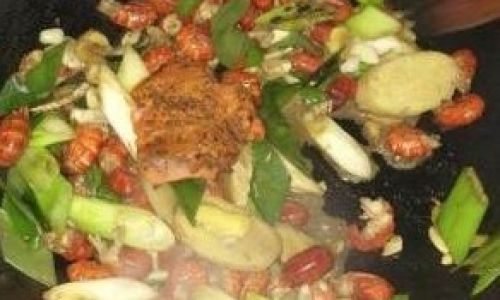
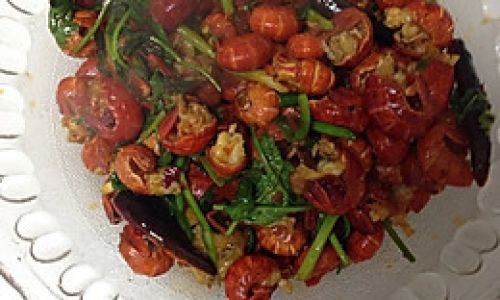

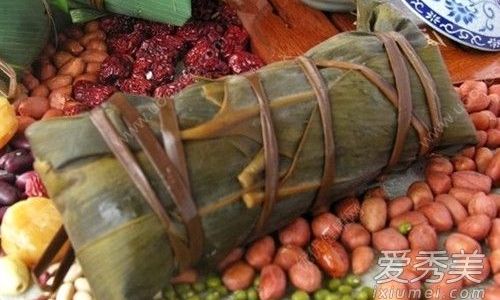
0 comments